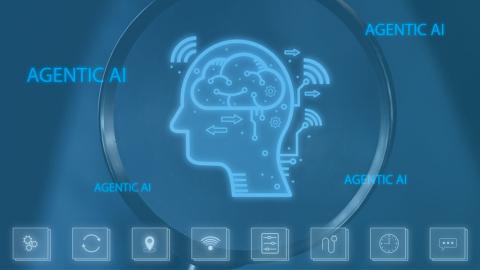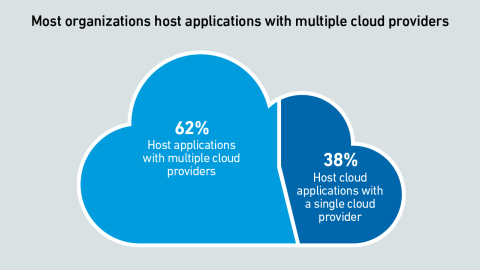The US' SEC has withdrawn requirements for climate risk reporting, and the EU is revising its rules. Despite this, strong drivers remain for operators to measure their environmental impact
filters
Explore All Topics
Scalability and cost efficiency are the top reasons enterprises migrate to the cloud, but scalability issues due to application design flaws can lead to spiralling costs - and some workload repatriation to on-premises facilities
Compared with most traditional data centers, those hosting large AI training workloads require increased attention to dynamic thermal management, including capabilities to handle sudden and substantial load variations effectively.
AI is not a uniform workload - the infrastructure requirements for a particular model depend on a multitude of factors. Systems and silicon designers envision at least three approaches to developing and delivering AI.
Understanding the principles of human behavior and how they relate to community engagement and siting strategies can reduce potential conflict between data centers and local residents
Large data centers can affect grid power quality, inviting community scrutiny. Best practices already protect power quality in facilities and grids, but operators may need to increase monitoring and publicize their efforts.
This report highlights some of the findings from the Uptime Institute Capacity Trends and Cloud Survey 2024. Findings offer insight into what is driving capacity expansion.
On average, cloud apps achieve availabilities of 99.97% regardless of their architecture. However, for the unlucky few that experience issues, a dual-region design has five times less downtime than one based on a single data center.
SMRs promise to usher in an era of dispatchable low-carbon energy. At present, however, their future is a blurry expanse of possibilities rather than a clear path ahead, as key questions of costs, timelines and operations remain.
Results from Uptime Institute's 2025 AI Infrastructure Survey (n=1,062) focus on the data center infrastructure currently used or being planned to use to host AI Training and AI Inference, as well as future industry outlooks on the usage of AI. The…
Rapidly increasing electricity demand requires new generation capacity to power new data centers. What are some of the new, innovative power generation technology and procurement options being developed to meet capacity growth and what are their…
When building cloud applications, organizations cannot rely solely on cloud provider infrastructure for resiliency. Instead, they must architect their applications to survive occasional service and data center outages.
Agentic AI offers enormous potential to the data center industry over the next decade. But are the benefits worth the inevitable risks?
The European Commission, with the assistance of operators, needs to correct ambiguities in the EED reporting processes. Industry solutions can improve the quality and completeness of the submitted data.
This report highlights some of the findings from the Uptime Institute Capacity Trends and Cloud Survey 2024. In particular, this report offers an insight into what drives migration to and from the public cloud.
 Peter Judge
Peter Judge
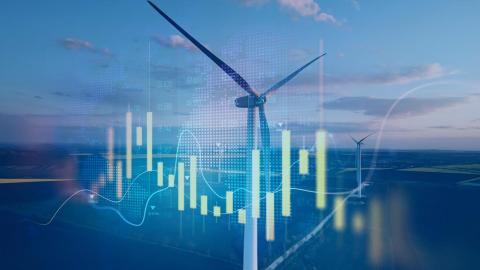
 Douglas Donnellan
Douglas Donnellan
 Dr. Owen Rogers
Dr. Owen Rogers
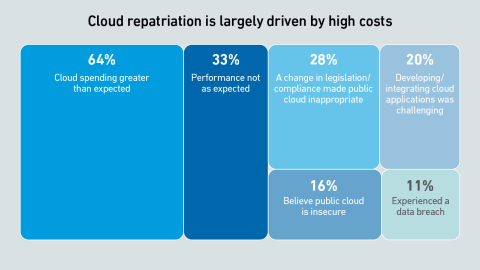
 Dr. Tomas Rahkonen
Dr. Tomas Rahkonen

 Max Smolaks
Max Smolaks
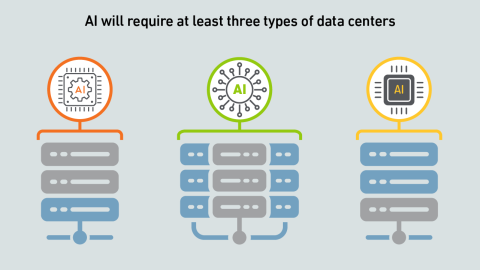
 Rose Weinschenk
Rose Weinschenk
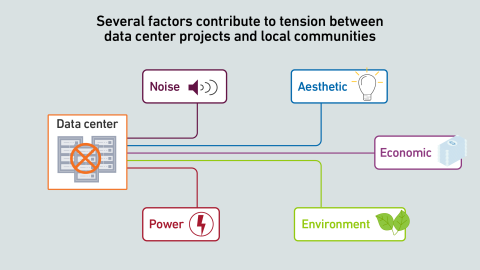
 Jacqueline Davis
Jacqueline Davis
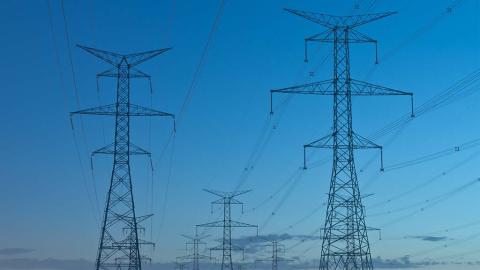
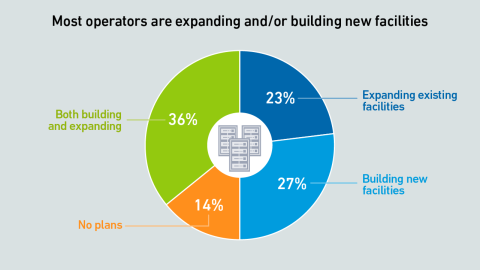

 Daniel Bizo
Daniel Bizo
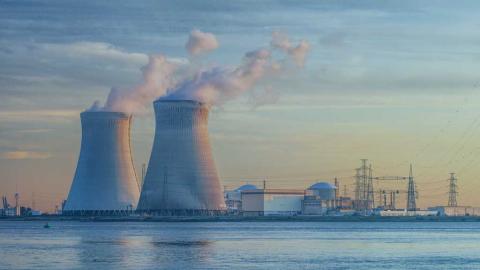
 Paul Carton
Paul Carton
 Anthony Sbarra
Anthony Sbarra
 Laurie Williams
Laurie Williams

 Andy Lawrence
Andy Lawrence
 Jay Dietrich
Jay Dietrich

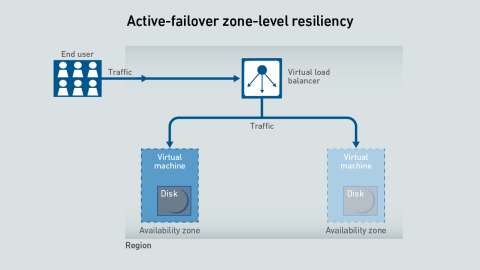
 John O'Brien
John O'Brien
